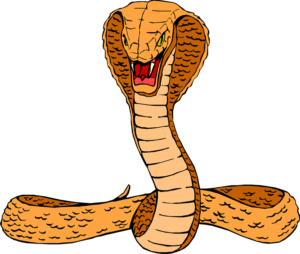Consonant Sounds 2: Voicing
Voiced vs. Unvoiced Sounds
Video Explanation:
What are voiced and unvoiced sounds?
See For Yourself:
Cover your ears (or put your hand on your throat) and hold the sound of /s/ and then switch to a /z/, what is the difference between the two?
.
.
.
Yes, vibration!
When you pronounce and hold the /s/ sound, you will notice that there is no vibration, though, when you pronounce the /z/ it should be quite noticeable.
Voice = Vocal Vibration
Unvoiced = NO Vocal Vibration
Vocal vibration is the only difference between the two sounds of /s/ and /z/. If you look at the consonant chart, you will notice that /s/ and /z/ are right next to each other. Likewise, in our earlier example we mentioned how the two sounds of /p/ and /b/ can be used to distinguish the meaning of two words; can you guess what distinguishes the pronunciation of these two sounds from the charts above?
The below chart made by Adrian Underhill (1994) (with minor variation) is organized in a fantastic way.
Chart 1: Underhill Chart
| p | b | t | d | ʧ | ʤ | k | g |
| f | v | θ | ð | s | z | ʃ | ʒ |
| m | n | ŋ | h | l | r | w | j/y |
Chart 2: Unvoiced = [ – ] and Voiced = [ + ]
| – | + | – | + | – | + | – | + |
| – | + | – | + | – | + | – | + |
| + | + | + | – | + | + | + | + |
Chart Awareness:
Comparing the two charts, the IPA symbols that correspond with a ‘+’ sign are voiced. The sounds that correspond with a ‘-‘ sign are unvoiced.
NOTE: The ‘sister’ sounds that are distinguished only by voicing (whether there is vibration or not) are right next to each other in the first two rows of the chart e.g. /p/ & /b/, /f/ & /v/ etc.
Comprehension Check: Quiz Time!
Phonology Quiz 3: Sister Sounds
Aspiration
There is another key distinguishing factor between voiced and unvoiced consonants other than just vocal vibration, which is aspiration.
‘Aspiration’ is basically air.
For example, once again pronounce and hold the sound of /s/. Don’t worry, that’s not the sound of a hissing snake or a gas tank leaking, it’s the sound of aspiration (or air), which comes along with the pronunciation of unvoiced sounds.

The assssssssssssspiration ssssssssnake
Try It Yourself: I want you to hold your hand in front of your mouth and switch between pronouncing /p/ and /b/. Which sound accompanies more air being let out? Which sound is voiced, and which is unvoiced?
.
.
.
Well, you probably notice that when pronouncing the /p/ sound you release more air, and therefore it is unvoiced.
Chart Awareness Notes:
| p | b | t | d | ʧ | ʤ | k | g |
| f | v | θ | ð | s | z | ʃ | ʒ |
| m | n | ŋ | h | l | r | w | j/y |
- The sound of /h/ is the ONLY voiceless sound listed in the bottom third row.
- The way that the Underhill chart is set up, all voiceless sounds that have especially strong aspiration are in the first row (see Figure 3 below).
Figure 3: Unvoiced Phonemes With Especially Strong Aspiration
| p | t | tʃ | k |
Next:
Now that you have learned about voicing, it’s time to move onto Consonant Sounds 3: Mode of Articulation